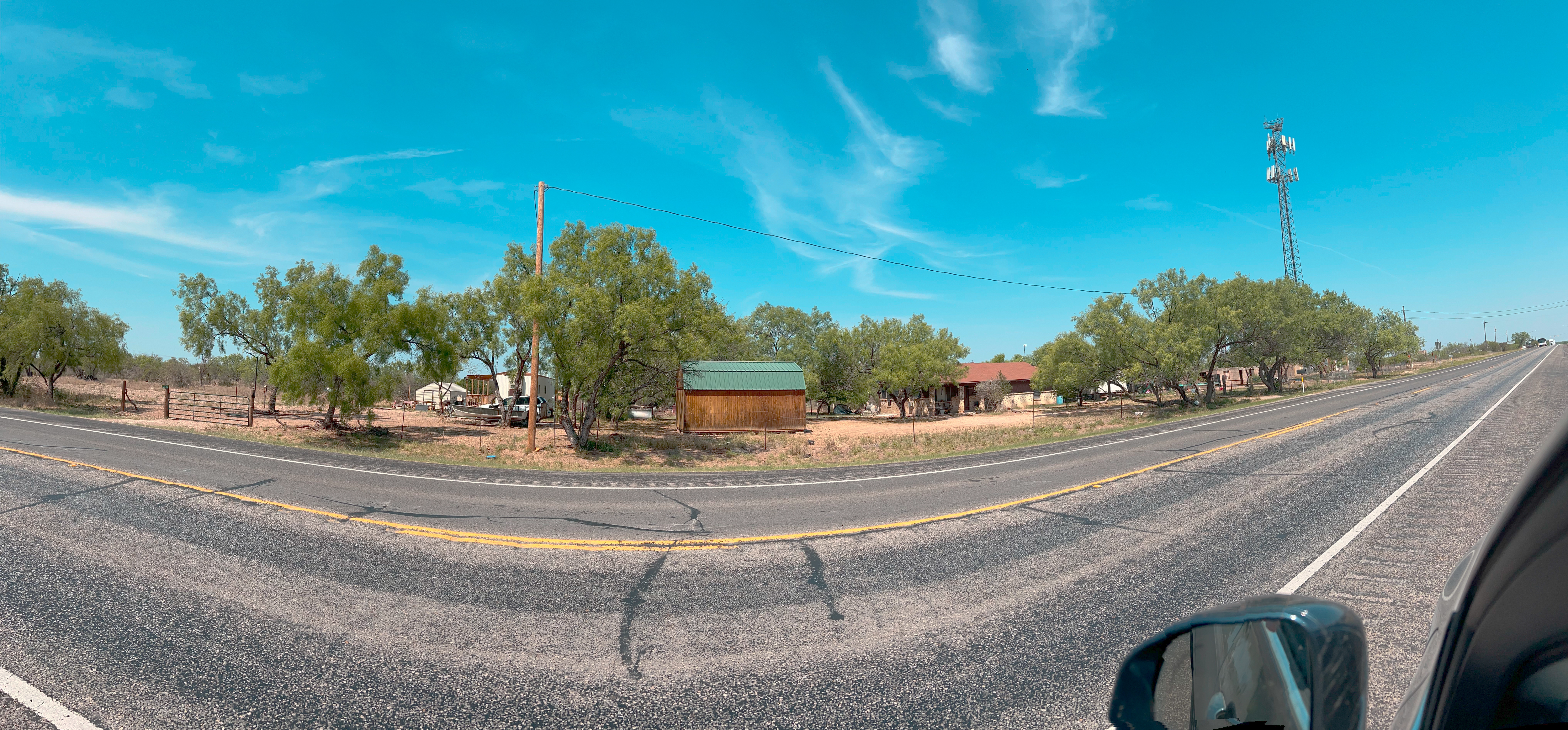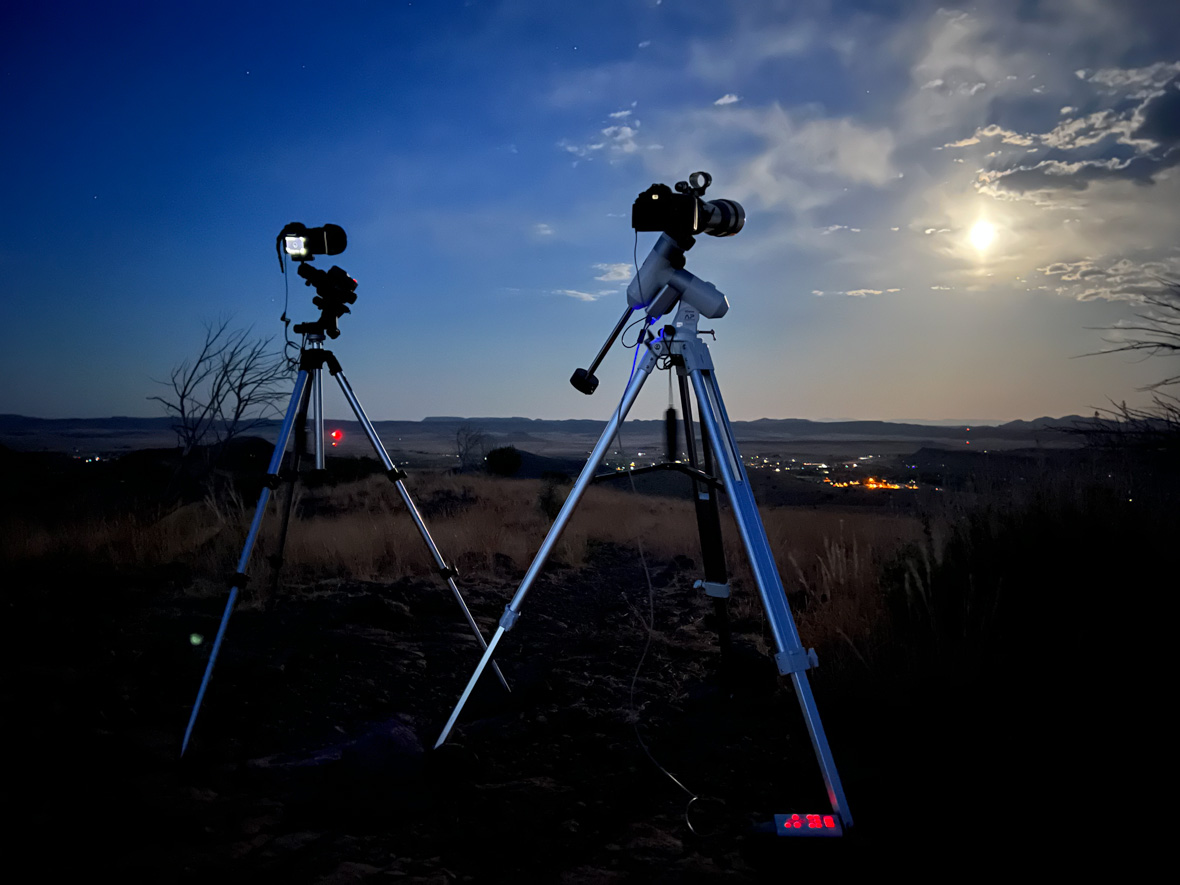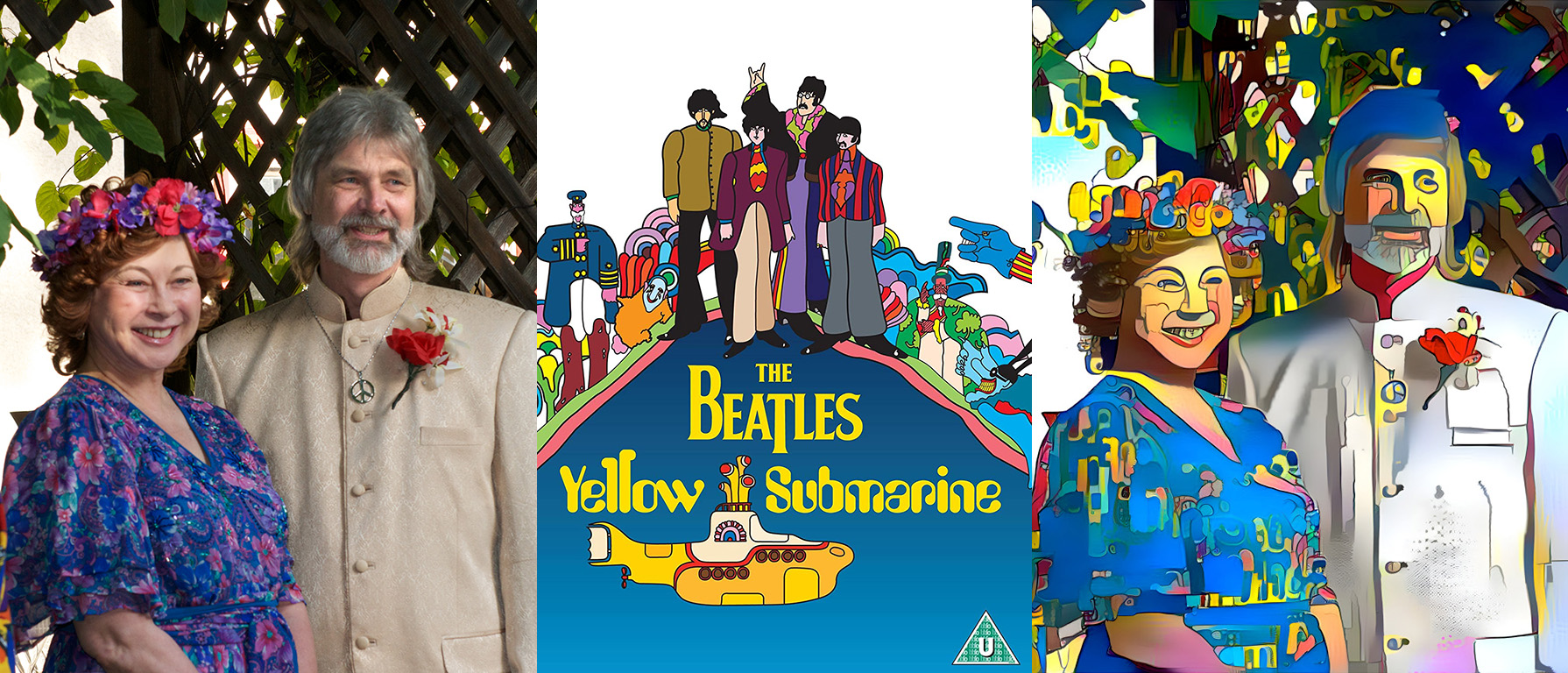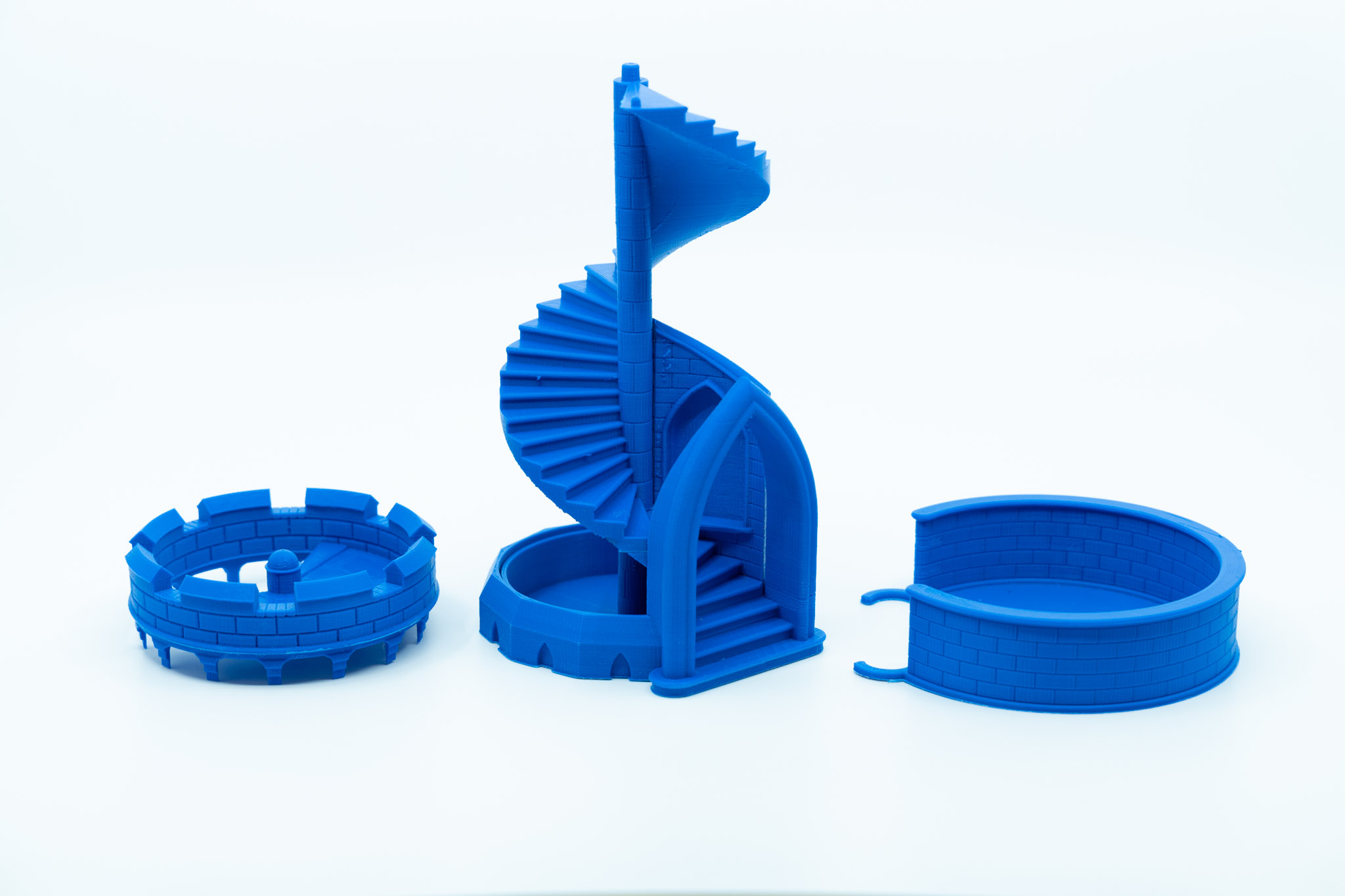After the eclipse ended, I packed up my equipment again; this time I collapsed the tripod legs—I would need the space to pack up my campsite, which I did the next morning. I heated the dregs of leftover coffee thinking I would be stopping soon for breakfast on the road, including fresh brewed coffee.
I made the mistake of not stopping in Fort Davis for that breakfast. I thought it was too soon, it was only ten miles from the campground. But I should have stopped there anyway, because the next towns were too small, or too run down to support a café. I went all the way to Del Rio, which was too large to have the local flavor of a small down diner.
I did find one however—a Mexican restaurant operating out of a Victorian style hotel. The staff spoke Spanish, as did the other guests. It was now lunchtime and I ordered the Monday special: chili relleno (stuffed chilis?) which were delicious, and with rice and beans, too much.
I continued on toward Eagle Pass, the next large city, but in between was “Radar Base”, which is an intersection of roads where the 2024 solar eclipse is said to be at or near maximum—4 minutes, 30 seconds. It is a miserable spot however—hot, dusty, windy, with heavy highway traffic and not much shade. I’m not sure why it has a town designation—a local airstrip and a radio/cell phone/radar tower?

I had intended to stay in Eagle Pass, but on learning that the room rates were $250+, I continued on to Uvalde, a town larger than I expected, and whose notoriety to the world would be established a week later. There was some conference/convention going on, so the rates were still high, but I had reached the end of my range and desperately needed a shower, so I sprang for the room.
The shower was great.
More Options
I wasn’t expecting to find an eclipse viewing site as I originally hoped—I was too late, all the prime locations had already been booked—or couldn’t be booked (the State Park reservation system only goes 5 months out).
But I felt obligated to document the candidates that I had looked up, as this was the purpose for traveling here. I could at least take photos and maybe get contact info in case of cancellations.
I located a few more places along the Rio Frio, and the Lost Maples areas along the eclipse path. There were various resorts and RV parks along a road east of the river, and I stopped at some and inquired. Locals would stop and talk with me, just being friendly, and I learned a lot about the area. Here are my notes.
Continue reading


